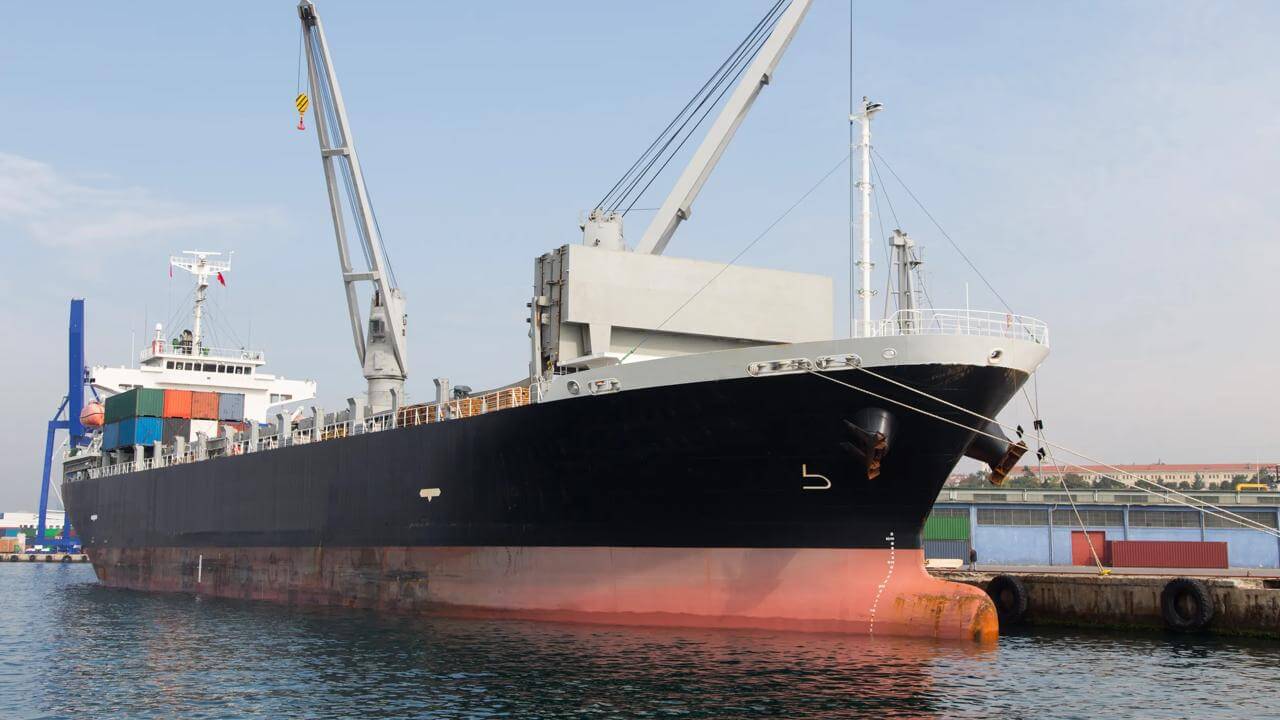W&I insurance and sell-side due diligence
The purpose of this note is to highlight the difficulties with vendor due diligence in the context of W&I insurance.
The purpose of this note is to highlight the difficulties with vendor due diligence in the context of W&I insurance.
Warranty and indemnity insurance (referred to as W&I insurance) is an increasingly popular insurance policy available on corporate transactions. At a very high level it provides insurance to cover losses arising from a breach of warranty or tax indemnity claims contained in a sale and purchase agreement (SPA). Warranties and a tax indemnity provide a buyer with contractual protection in relation the business, affairs, assets, liabilities, employees, tax, etc. of the entity being bought. Whilst providing a buyer with a level of protection warranties also serve as a useful tool to gather information as part of the disclosure process. Warranties will then be subject to any matters disclosed and warranties and tax indemnities will be subject to a number of limitations on liability.
Warranties and a tax indemnity though are only as useful as a seller’s ability to pay any sums due and/or willingness to accept a reasonable level exposure of risk in the SPA. A claim of £500,000 where a seller has £0 or is only willing to expose himself to that or another de-minimis amount due to the competitive nature of the deal does not afford a buyer a level of protection that it would ordinarily require. That, coupled with:
- an ever changing market where on competitive sales in particular sellers will look to sell with very little/ no risk;
- institutional sellers (private equity houses, for example) being unwilling or unable to assume any liability (for example on secondary buy-outs); and
- the desire to protect the relationship between a buyer and a seller (particularly in the context of a management buy-out),
has led to an increase in the popularity and availability of W&I insurance.
As is the case with the age old concept of supply/demand, it has been reported that (given the number of insurers operating in the market) prices are now 39% cheaper than in 2015 so W&I insurance is now more affordable than ever. That said, you can expect to pay in the region of 0.75%-1.5% of the policy limit as a premium for trading businesses (with minimum premiums usually in the region of £70,000).
Vendor due diligence is great at giving a seller a degree of control over the transaction process, enabling a seller to resolve any material issues unearthed as part of the preparation of the vendor due diligence reports and should fast track the transaction timetable. It has some obvious flaws; material issues could get played down, it will be an additional cost to a seller and may not avoid the need for buy side due diligence.
We have worked on a number of competitive auction transactions where sellers have commissioned vendor due diligence (financial, tax and legal) with the clear message that they expect to sell with little/no risk and on that basis have provided indicative W&I insurance terms as part of the latter stages of the bidding process.
So, if a transaction does have the benefit of vendor due diligence what does a buyer need to do? It is clear from our experience that the insurers are looking for a buyer to ‘kick the tyres’ of the vendor due diligence reports and ‘stress test’ the scope and assumptions (and we use these imprecise terms because the terms required are, ultimately, imprecise). Additionally, on a deal where there is vendor due diligence but no W&I a buyer may rely on the disclosure process to fill in the gaps. In our experience that is not an option on a W&I insurance deal.
If there is no buy side top up due diligence then, based on our experiences which we expect to be representative of the market as a whole, there could be significant general exclusions (i.e. the insurer may be reluctant to provide cover for any issues relating to the period after the date to which the vendor due diligence reports were prepared which could mean that a buyer does not have any cover in relation to the management accounts warranties, for example, if they relate to a later period) such that the benefits of the policy may be negated or the cost of the premium may outweigh the benefits conferred by the policy or an insurer may not be willing to provide the cover.
It is important that from a buy-side perspective when you ‘kick the tyres’ and ‘stress test’ the scope and assumptions you are ticking the right boxes. If you don’t, you could incur the costs of tyre kicking and stress testing without any benefit. This exercise is not side-stepped by the vendor due diligence reports being addressed to the buyer.
In our experience, what is meant by ‘kicking the tyres’ and ‘stress testing’ is as follows:
- reviewing the vendor due diligence reports, the underlying documents and enquiries/replies which were relied upon in producing the vendor due diligence reports and verifying:
- that the report is factually correct; and
- that the buyer agrees with the recommendations/proposed solutions contained in the report;
- top-up the vendor due diligence reports to bring the due diligence up to date and address any issues identified in point 1. This will include issuing buy side due diligence enquiries;
- reviewing the scope, materiality thresholds and assumptions in the vendor due diligence reports and commenting on the thoroughness or not thereof. Again, to the extent that there is a concern with any of these points, questions should be asked as part of the buy side top-up process; and
- ensure that the subject/substance of each warranty/tax indemnity in the SPA has been diligenced.
The outcome of the above is to be recorded in a set of buy-side due diligence reports. Our understanding is that the buy side reports must be carried out by a suitably qualified individual. In our experience some underwriters have been comfortable with the vendor due diligence providers carrying out the buy-side top up due diligence or suitably qualified people in-house at the buyer (this should be checked on each occasion to ensure that the underwriter is comfortable with this approach).
If the underwriter is not comfortable with the buy-side exercise being carried out by the vendor due diligence providers or people in-house at the buyer, the due diligence exercise and the associated costs will be duplicated by a set of independent buy-side advisers.
Whilst vendor due diligence has its uses, in the context of W&I insurance and the possibility that the due diligence process will be duplicated on the buy-side, is it money well spent?
The due diligence process takes time. On competitive auction deals where it has been agreed that there will be W&I insurance and there is vendor due diligence, tackle the issue at the earliest opportunity. From a buyer’s perspective, signing up to an offer with a tight timetable to completion which does not give sufficient time to carry out the required ‘tyre kicking’ and ‘stress testing’ exercise could compromise the coverage of the W&I insurance. From a sell-side perspective if you are responsible for providing indicative terms and then passing the baton in relation to W&I insurance to the buyer, if the point is not addressed early in the process and you do not highlight what the underwriter’s expectations are in relation to buy-side due diligence, a buyer may ask the sellers to stand behind the warranties with suitable cap on liability. In either case, it takes you to a place that you would want to avoid when you are in the throes of a transaction.
Contact

Ryan Brown
Partner
ryan.brown@brownejacobson.com
+44 (0)330 045 2565







































